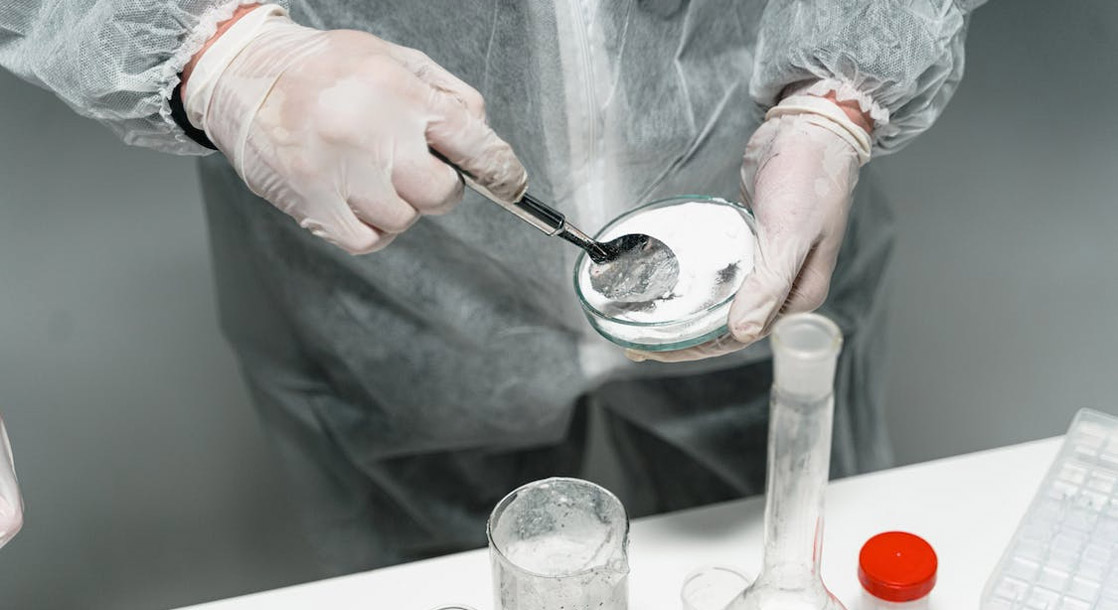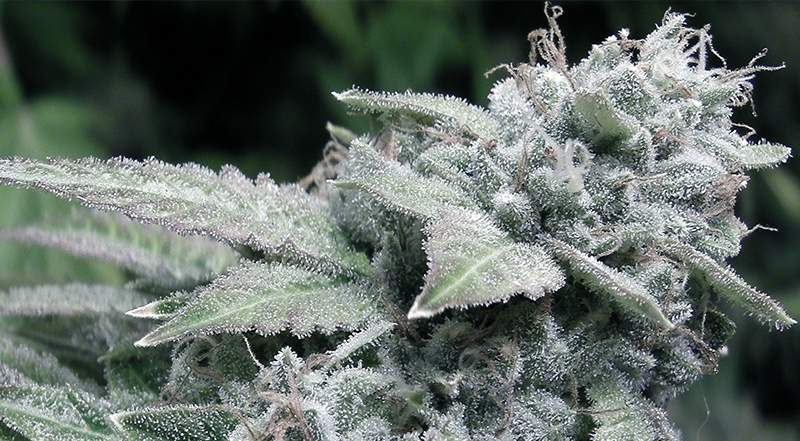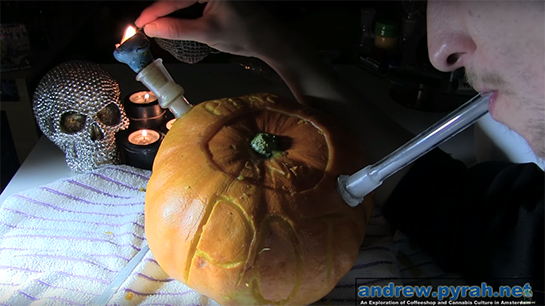A free drug-testing service run by the Australian government found that 40% of the cocaine it analyzed was comprised of other substances entirely.
That’s a big issue given that, despite its extravagant $350 per gram pricetag, supposed “cocaine” use is on the rise, according to data from New South Wales’ Bureau of Crime Statistics and Research. The statistics, which were solicited by the Sydney Morning Herald, show that arrests linked to the drug are on the uptick again, after having plummeted during the pandemic due to a supply drought.
Australia is known for its bunk, and expensive, psychoactive substances. In fact, a 2020 report from the government found an inverse relationship between the price of drugs and their level of purity.
What was in the Aussies’ fake coke? Analyses found dimethyl sulfone (a common cutting agent), talc — and even sugar.
These were just some of the findings at CanTEST, a state-run clinic in Canberra. A third of “potential users” wound up tossing out the substances after getting their test results back, the Guardian reported.
Admittedly, lab’s sample size was quite small, with just five “cocaine” samples comprising the drug’s headline-grabbing impurity. The clinic’s report was based on 58 samples that were analyzed of various drugs, including substances their owners thought were cocaine, heroin, ketamine, MDMA, and methamphetamine. A statement released by two of the program’s head scientists said people also brought in drugs that they’d been told were 6-APB (which is structurally related to MDMA), anti-anxiety drug phenibut (originally used by USSR astronauts), and the hallucinogenic 2C-B.
The supposed drug that showed the most consistency was actually heroin, in the sense that all the samples that CanTEST analyzed actually contained some of the drug (although purity topped out at 63% and went as low as 31%.)
One MDMA sample was found to have only 9% of the drug, with the remaining 91% being meth and caffeine.
Although the clinic tested substances for fentanyl, none was found.
Though all the drugs tested had some kind of cut or contaminant in them, it was not always easy to figure out what these alternative substances were. One ketamine sample that had no ketamine in it baffled scientists, who submitted it for further analysis at ANU’s Research School of Chemistry. There, it was found to contain fluorexetamine, a nearly-unresearched ketamine derivative. Fluorexetamine presence is troubling, given that there is very little health information available for it.
For the scientists who conducted the drug analysis at CanTEST, the results indicated that engaging with young drug consumers is key for ensuring their safety.
“The idea that Australia will ever be ‘drug-free’ is magical thinking, from a bygone era; an era that has singularly failed in the goals which it espoused,” their statement concluded.
Follow Caitlin on Instagram, and catch her Spanish-language podcast Crónica on Spotify and Mixcloud.
Cover image via











